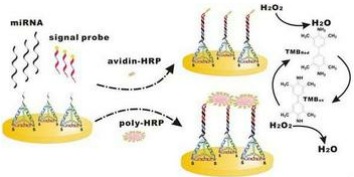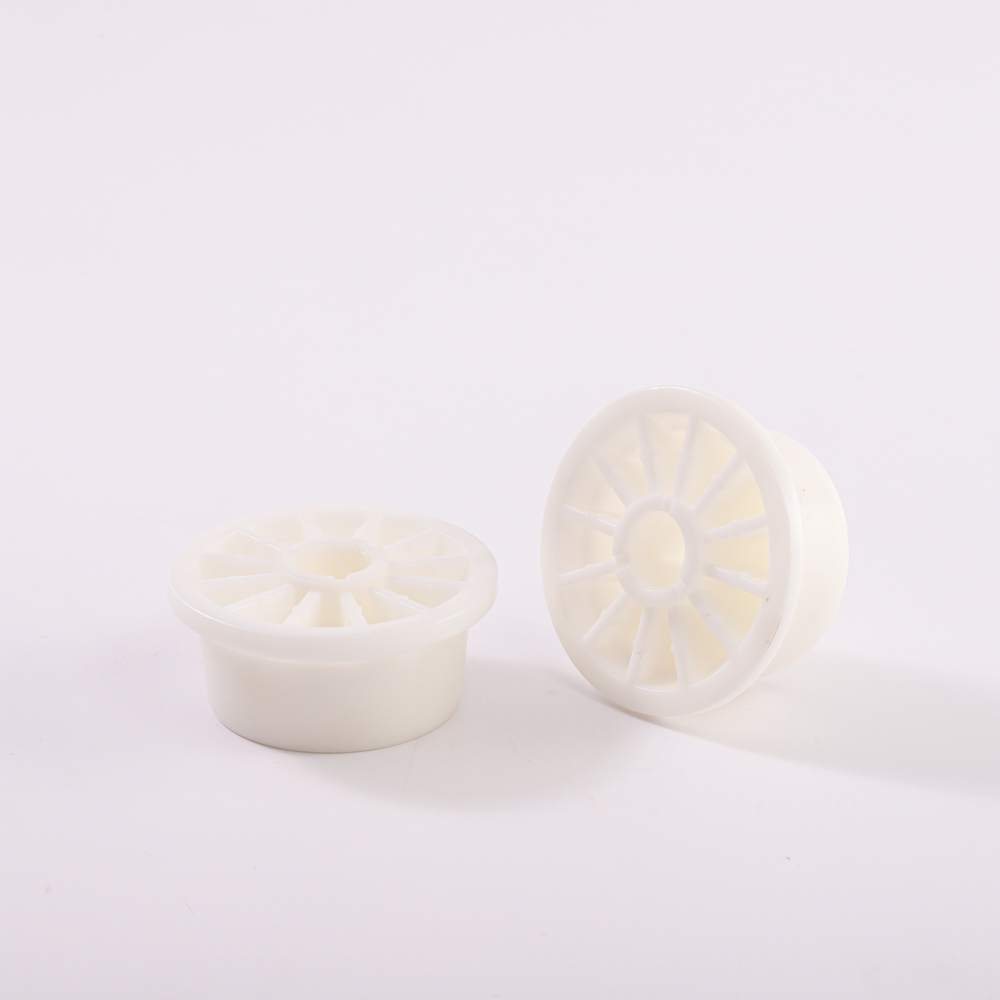Increased detection sensitivity: new biosensor
 According to reports, the Shanghai Institute of Applied Physics, the Chinese Academy of Sciences, the Suzhou Institute of Nanotechnology and Nanobionics, the Zhongshan Hospital of Fudan University, and the Shanghai Institute of Metrology and Measurement Technology have jointly developed an electrochemical biosensor based on a DNA nanostructure-modified interface. The ultra-sensitive detection of microRNA tumor targets has recently been published in Nature Reports, a comprehensive journal published by the Nature Journal.
According to reports, the Shanghai Institute of Applied Physics, the Chinese Academy of Sciences, the Suzhou Institute of Nanotechnology and Nanobionics, the Zhongshan Hospital of Fudan University, and the Shanghai Institute of Metrology and Measurement Technology have jointly developed an electrochemical biosensor based on a DNA nanostructure-modified interface. The ultra-sensitive detection of microRNA tumor targets has recently been published in Nature Reports, a comprehensive journal published by the Nature Journal. MicroRNA is an endogenous non-coding single-stranded RNA that plays an important regulatory role in a series of physiological development of cells. The researchers found that the abnormal expression of microRNA is directly related to the development of many tumors. In particular, it is found that it can be stably present in serum, and is a very promising tumor marker.
Compared with conventional homogeneous detection methods such as PCR, electrochemical biosensors based on surface reactions have the advantages of cheaper and easier detection of disease-associated microRNAs. However, the sensitivity of electrochemical biosensors is often limited by interfacial mass transfer processes and crowding effects.
In order to solve these problems, Fan Chunhai and his team at Shanghai Institute of Applied Physics, Chinese Academy of Sciences, have previously developed a new method of using three-dimensional DNA nanostructures to modify the surface of gold electrodes, which can significantly enhance the binding ability of surface molecules and improve detection sensitivity.
Under the guidance of Fan Chunhai, Wen Yanli and other researchers used this DNA nanostructure modified surface for the detection of microRNAs. Studies have shown that this new type of biosensor can detect microRNAs with aM (10-18 mol/L) level (<1000 molecules), has good single-base discrimination ability, and can well differentiate with precursor RNAs. . Using the advantages of high sensitivity, reproducibility, no labeling, and no PCR amplification, the researchers analyzed the expression levels of microRNAs in a series of patients with esophageal squamous cell carcinoma and achieved a Good differentiation from cancerous tissue.
There are many methods of plastic molding. Injection molding is one of them. Injection molding is also called injection molding, which is called injection molding for short. It is a main molding method of thermoplastic. Because it has the advantages of wide application, short forming cycle, high production efficiency, good production conditions, easy mechanization and automation, it plays an important role in the whole plastic forming process.Injection molding refers to injecting granular or powdery plastic from the hopper of the injection machine into the high-temperature barrel, heating, melting and plasticizing to make it a flowing melt, and then under the high pressure of the plunger or screw of the injection machine, it passes through the nozzle at a large flow rate and is injected into the mold cavity. After a period of pressure maintaining, cooling and shaping, When the mold is opened, the Plastic Parts with certain shape and size can be detached from the mold cavity. In this way, the time required to complete an injection cycle can range from a few seconds to tens of seconds, which mainly depends on the size and thickness of the workpiece.
Plastic Injection Components,Plastic Injection Molding Components,Plastic Injection Molding Mach,High Pressure Custom Plastic Injection Molding
Suzhou Dongye Precision Molding Co.,Ltd. , https://www.sjinjectionmolding.com